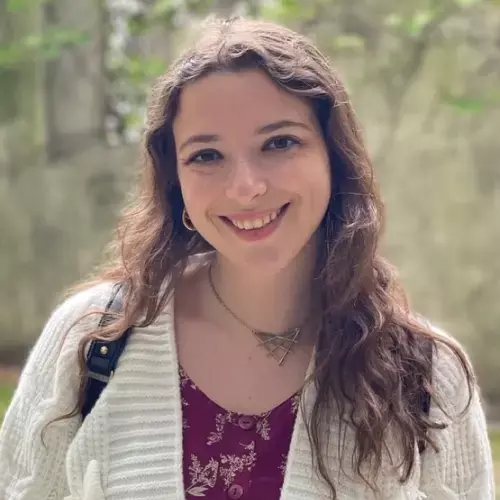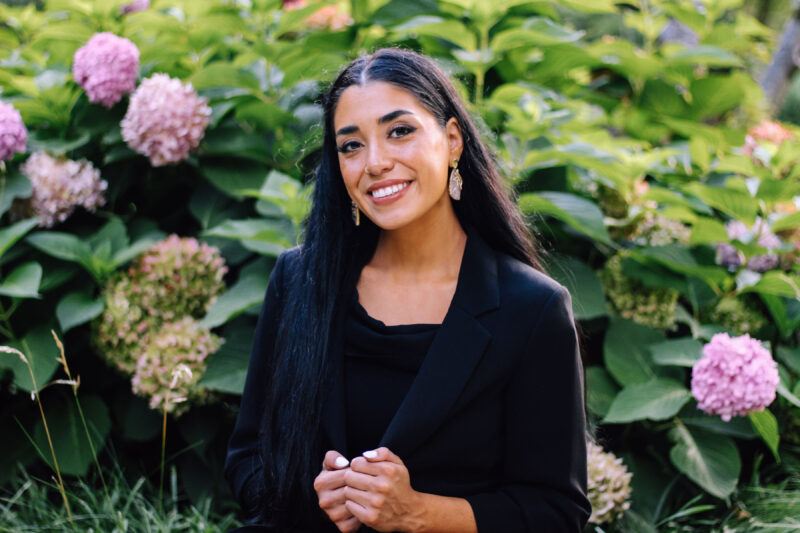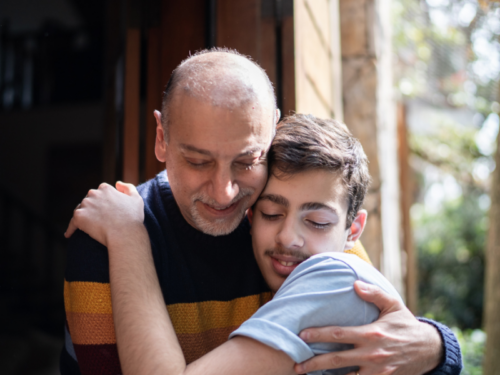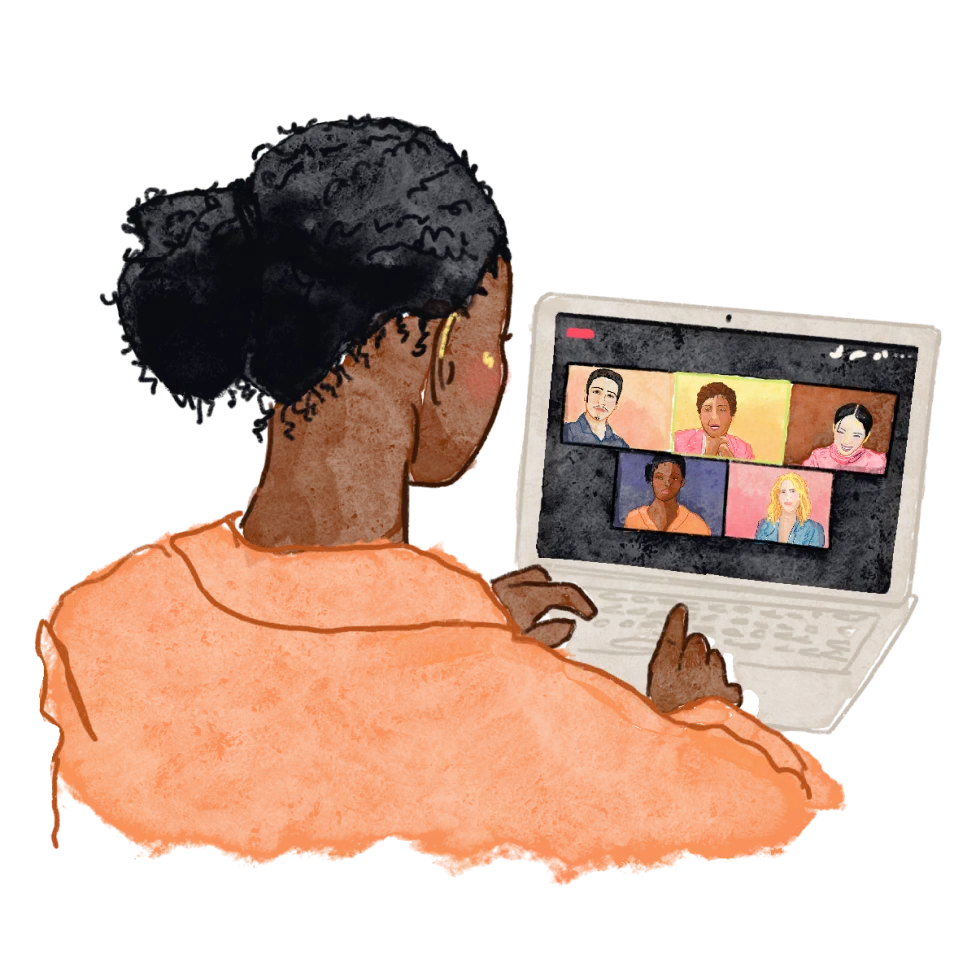
Table of Contents
Everything You Need to Know About Inattentive ADHD, According to Therapists

Written By: Sarah Fielding

Clinically Reviewed By: Krystal Batista
March 25, 2025
5 min.
Learn about how inattentive ADHD presents and what treatment options are available.
Learn more about our Clinical Review Process
Table of Contents
ADHD, formally known as attention-deficit/hyperactivity disorder, is a condition that’s characterized by everything from impulsivity to a poor attention span. ADHD symptoms are a widespread experience, with the Centers for Disease Control and Prevention (CDC) estimating in 2022 that about one in ten children (11.4%) received an ADHD diagnosis. And, that figure doesn’t include the many individuals who get delayed diagnoses or none at all.
While ADHD is common, each case can look different. One variation is the inattentive type, which primarily involves challenges with focus and attention rather than hyperactivity. So, what exactly is the inattentive type of ADHD, how is it diagnosed, and what does treatment for ADHD look like? Below, we break down the disorder.

We’re here to help you manage ADHD
Personalized mental health support to cope with ADHD and improve daily functioning.
What is inattentive ADHD?
Though ADHD is often thought of as a disorder for fidgety boys, it is a much more complex condition. There are three ADHD types: Predominantly inattentive type ADHD, predominantly hyperactive and impulsive type ADHD, and a combination type ADHD. That first one, inattentive ADHD, is a bit less noticeable than the other two.
“The highlights or main symptom points people look for in this form of ADHD is people having difficulty sustaining attention, focusing on one task at a time, following instructions the way they are given, difficulty with organization, and getting distracted,” says Charlie Health Licensed Creative Arts Therapist Courtney Way, MA, LCAT.
Common signs of inattentive ADHD
According to the American Psychiatric Association (APA), someone with inattentive ADHD often exhibits the following symptoms:
- Doesn’t pay close attention to details or makes careless mistakes in school or job tasks
- Has problems staying focused on tasks or activities, such as during lectures, conversations, or long reading
- Does not seem to listen when spoken to (i.e., seems to be elsewhere)
- Does not follow through on instructions and doesn’t complete schoolwork, chores, or job duties (may start tasks but quickly loses focus)
- Has problems organizing tasks and work (for instance, does not manage time well; has messy, disorganized work; misses deadlines)
- Avoids or dislikes tasks that require sustained mental effort, such as preparing reports and completing forms
- Often loses things needed for tasks or daily life, such as school papers, books, keys, wallet, cell phone, and eyeglasses
- Is easily distracted
- Forget daily tasks, such as doing chores and running errands. Older teens and adults may forget to return phone calls, pay bills, and keep appointments

How to receive an ADHD diagnosis
A young person must exhibit at least six of these nine symptoms to receive an inattentive ADHD diagnosis from a certified healthcare provider — so they can’t just have a bad attention span. Individuals aged 17 or older need to exhibit five. However, symptoms must have started before they were 12. They must also cause difficulties in more than one place, such as school and home, not just school.
Charlie Health Group Facilitator Chris Hinton, MS, M.Ed., LPC, CLC, CTP, notes that the behavioral differences in people living with inattentive symptoms can be less overt, leading to potential misdiagnoses or simply overlooking the individual — especially when it’s children. She adds that individuals often receive an inattentive ADHD diagnosis later, particularly girls, because of the lack of obvious, stereotypical ADHD symptoms tied to the hyperactive and impulsive type.
In general, girls tend to be diagnosed later in life, with one study from the Journal of Child Psychology and Psychiatry finding that women living with ADHD received both a diagnosis and treatment about four years later than men. They are also more likely to live with comorbid psychiatric conditions.
Treatment for inattentive ADHD
Like any mental or behavioral health condition, managing ADHD is about finding what works best for the individual. It might involve a mix of different techniques. As Hinton says, “Managing inattentive ADHD usually involves a combination of medication, therapy, lifestyle adjustments, and coping strategies. The best treatment plan depends on individual needs, age, and daily challenges.”
Here are some of the key ways individuals can treat inattentive ADHD.
1. ADHD Medication
Individuals living with inattentive ADHD might take medication to manage the condition. In some cases, a person might take stimulant medications like Ritalin, Concerta, and Adderall, says Way. These stimulants can help someone have sustained attention and improved focus. The National Institute of Mental Health (NAMI) reports that stimulants might cause side effects, so a medical provider must monitor the individual.
The other option for medication is a non-stimulant, such as an antidepressant, reports the National Institute of Mental Health (NIMH). Viloxazine, for example, is approved by the Food and Drug Administration for ADHD treatment. Regardless of the medication a person living with inattentive ADHD takes, they might need to try multiple doses (or switch to a different option) before finding the right fit.
2. Therapy
Therapy can be a really helpful tool for people living with inattentive ADHD, whether on its own or in tandem with other treatments. One of the best options out there is cognitive behavioral therapy (CBT). According to Hinton, it “helps reframe negative thoughts, build self-esteem, and improve focus, while social skills training helps with communication, maintaining relationships, and handling distractions.”
The NIMH also recommends it for individuals living with co-occurring mental health disorders, such as anxiety or depression.
3. Support from adults
For a child living with inattentive ADHD, having parents to educate themselves can make a tremendous difference. “People with this diagnosis, especially children, often have parents who undergo training on how to work with and parent neurodiverse children,” says Way. “Some participate in social skills groups and get accommodations for school to make sure they have support, extra time, and breaks. It’s also important, no matter what combination is used, to make sure that they get enough sleep and work on stress management.”
Some schools will also offer behavioral interventions and academic support for children and teens living with ADHD. A parent or the individual can enquire with their school about these options.

How Charlie Health can help
If you or a loved one are struggling with attention-deficit/hyperactivity disorder (ADHD), Charlie Health is here to help. Charlie Health’s virtual Intensive Outpatient Program (IOP) provides mental health treatment for people dealing with serious mental health conditions, including different ADHD types. Our expert clinicians incorporate evidence-based therapies into individual counseling, family therapy, and group sessions. With this kind of holistic approach, managing ADHD is possible. Fill out the form below or give us a call to start healing today.




